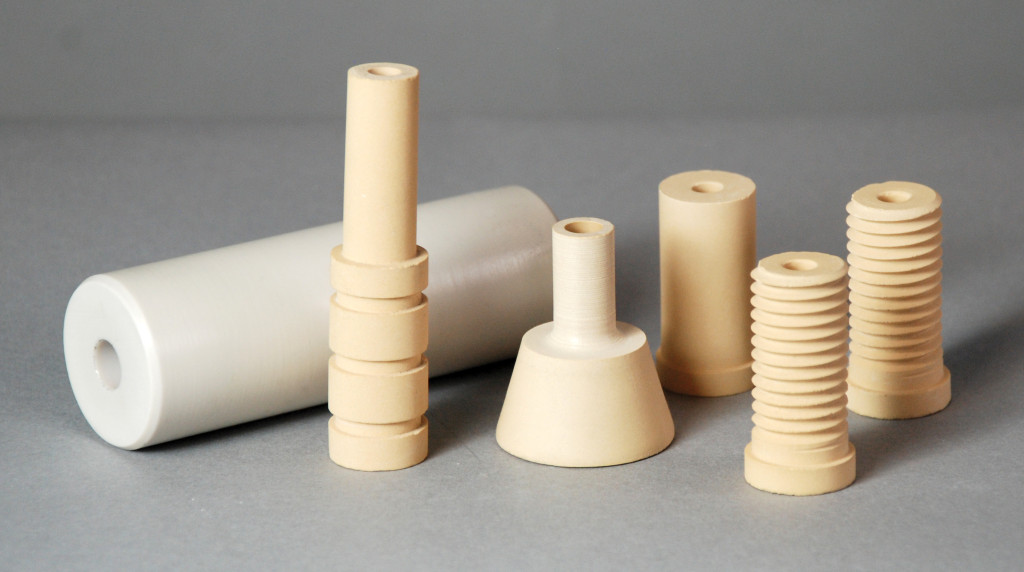Industrial ceramics are a type of fine ceramics, which can perform mechanical, thermal, chemical and other functions in application. Industrial ceramics have a series of advantages such as high temperature resistance, corrosion resistance, wear resistance and erosion resistance.
There are many kinds of zirconia ceramics industrial ceramics, which are divided into the following series according to the classification of raw materials:
1. Oxide ceramics: mainly alumina ceramics, zirconia ceramics, mullite ceramics, etc.;
2. Encapsulated ceramics: mainly entrained silicon ceramics, entrained aluminum ceramics, entrained boron ceramics, etc.;
3. Carbide ceramics: mainly silicon carbide ceramics, titanium carbide ceramics, boron carbide ceramics, etc.;
4. Boride ceramics: mainly titanium boride ceramics, zirconium boride ceramics, etc.
The functions of industrial ceramics have their own strengths and are widely used, such as the use of high hardness and high wear resistance ceramics to produce mechanical parts, seals, cutting tools and other materials, and the use of high wear resistance, high strength and high toughness ceramics to produce automobiles Use wear-resistant, lightweight parts, heat-resistant and heat-insulating parts, gas turbine blades, piston tops, inserts, etc., and use ceramics that are corrosion-resistant and have good chemical stability in contact with biological enzymes to produce crucibles and heat exchangers for metal smelting , Biological materials such as dental artificial paint joints, etc., use unique ceramics that capture and absorb neutrons to produce various nuclear reactor structural materials, etc.
With the continuous development of science and technology, breakthroughs have been made in the further development of industrial ceramics, especially the research and development of multi-phase composite ceramics and nano-ceramics. In terms of multi-phase composite ceramics research, advanced ceramics have developed from the original single-phase and high-purity characteristics to multi-phase composites, and developed self-reinforced composite ceramic fibers or crystal-top reinforced composite ceramics, gradient functional ceramics and nano-composite ceramics. Effective It solves the technical problems of brittleness, low reliability, unsatisfactory strength at room temperature and insufficient toughness of single-phase advanced ceramics.
In terms of research on nano-ceramics, industrial ceramics are developing from the micron level to the nano-level, and many new techniques for preparing nano-ceramic powders have been developed, such as chemical precipitation, metal-organic compound solution, and chemical gas phase reaction. Production provides favorable conditions.
The application shows that the refinement of nano-ceramic grains can obtain materials without defects or harmful defects, greatly improve the original properties of ceramics, and even appear new properties, making the space of ceramics wider. Therefore, nano-ceramics has become a new research subject and has received much attention. It is expected that the future will be an era of high-performance advanced ceramics, which will surely play an increasingly important role in modern science and technology and modern industry.
Post time: May-04-2023

